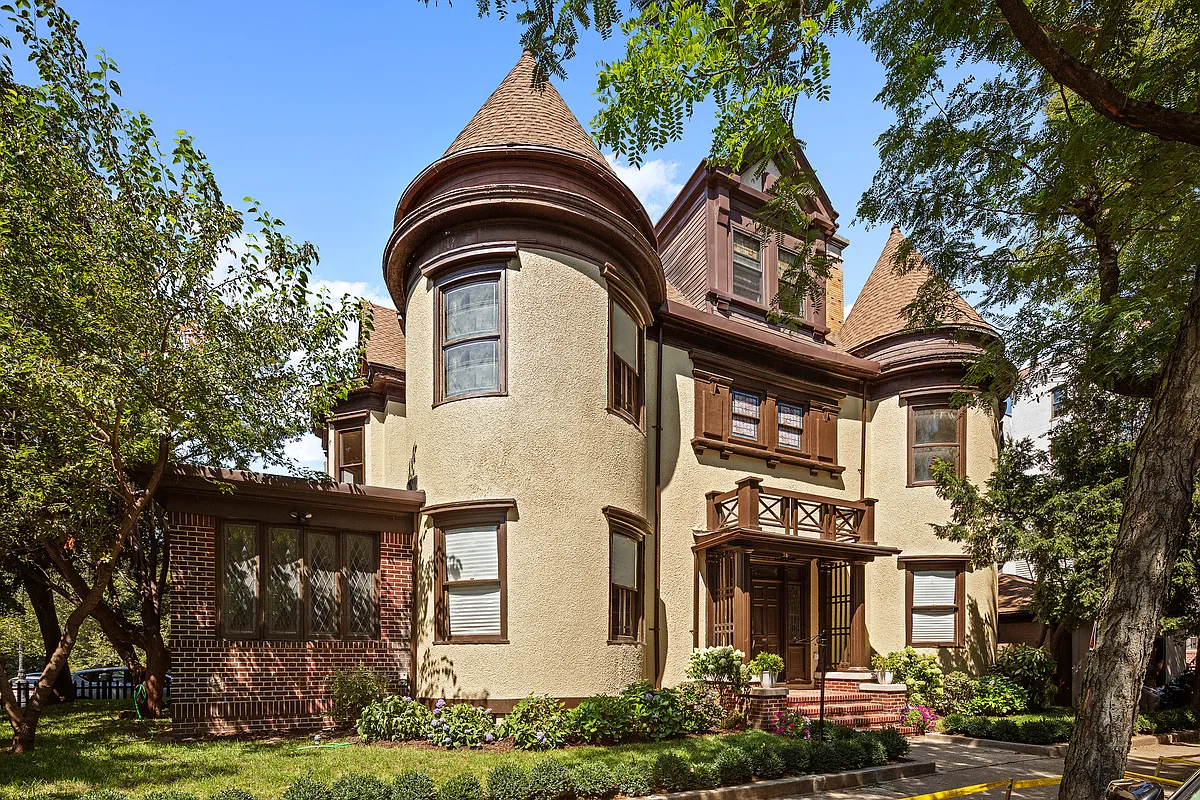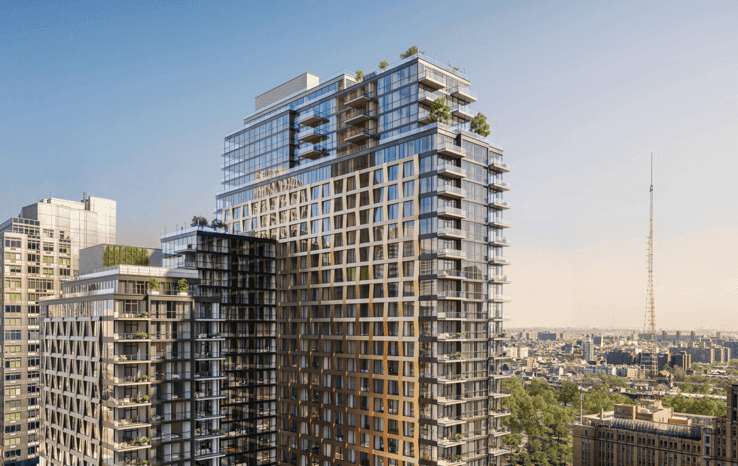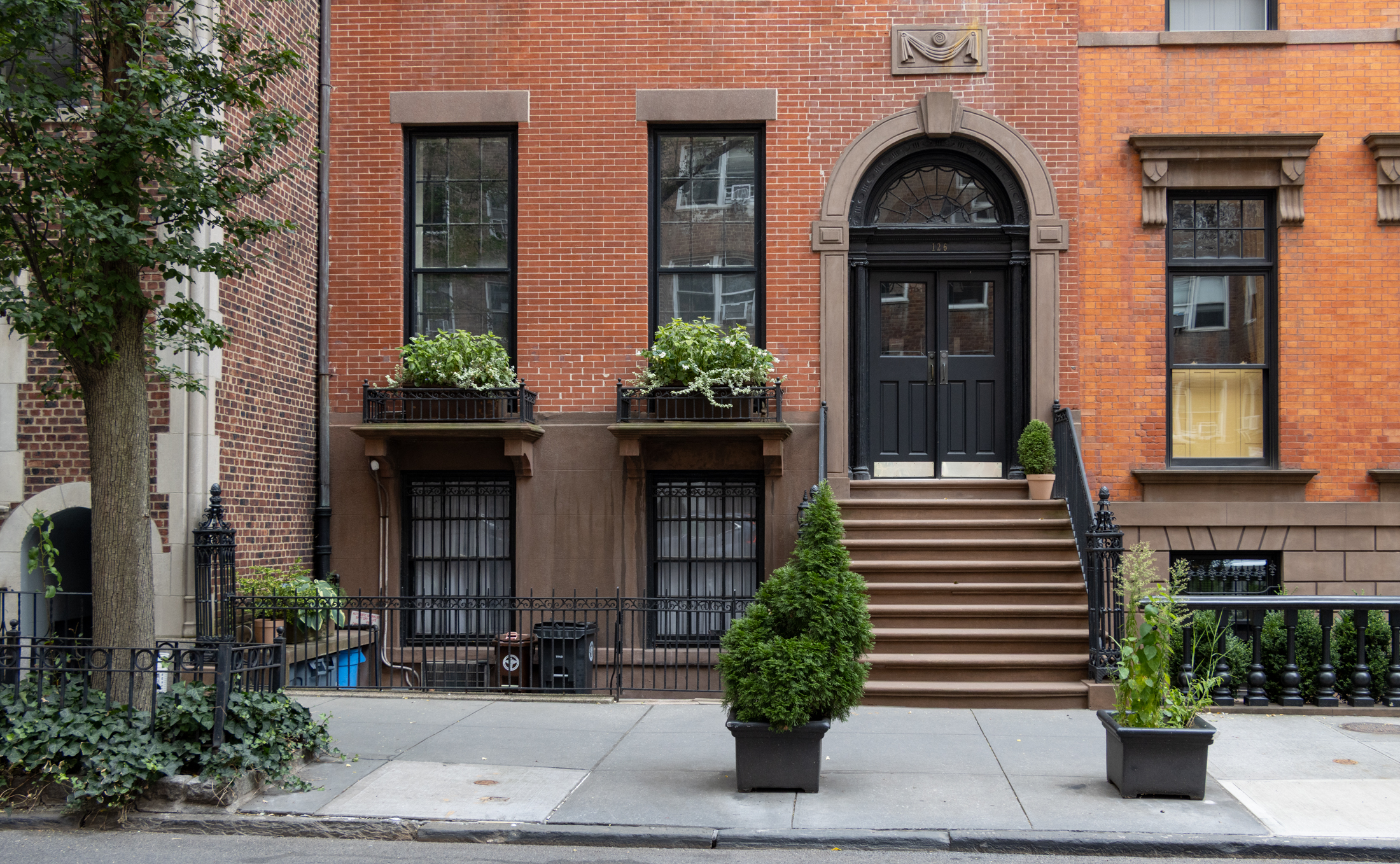Franklin Trust on Montague Going Residential
Buried near the bottom of last week’s encyclopedic article the the New York Sun about Brooklyn development was this morsel: The Franklin Trust Building at 166 Montague Street is being converted from office space to residential condominiums. As The Real Deal reported first in its February issue, the 10-story, 50,000-square-foot building will get one more…


Buried near the bottom of last week’s encyclopedic article the the New York Sun about Brooklyn development was this morsel: The Franklin Trust Building at 166 Montague Street is being converted from office space to residential condominiums. As The Real Deal reported first in its February issue, the 10-story, 50,000-square-foot building will get one more story added; the $10 million conversion will include a rooftop terrace, a sky-lit health club and new balconies. Not sure how new balconies would make it past LPC though…Regardless, this has the potential to be one of the premier buildings in the borough if it’s done right.
New Residential Developments [The Real Deal]
Downtown Brooklyn Is Booming [NY Sun] GMAP P*Shark





how can these 3 bedrooms be 1.7 million and the new vermeil condos on sterling and 7th in park slope are going for 2.1 million.
I hear 3 bedrooms are running aroun 1.7M. I think Prudential Douglas Elliman is the lucky duck to market..
I don’t know if I’d call my answers to your questions “insight” as much as I’d calll then opinion. Regardless, here they are:
Q. Why are we still in an up cycle for condo development in NYC and what are the driving factors of it? If this has to do with cheapness and low interest rates, why don’t we see a similar growth in commercial space?
A. Reasonable interest rates and increased demand due to high prices in Manhattan, long commutes to New Jersey and Long Island, and a change in attitudes about living in the city with children.
Q. Which Brooklyn neighborhoods are you seeing a drop in price b/c of oversaturation in the market
A. Parts of Williamsburg and the South Slope have seen some overbuilding and shown a pricing impact, but nothing really catastrophic. I opted out of taking an equity position and construction managing a project in Williamsburg for this reason three months ago. Maybe I’m wrong, but I’d be leery of starting a project there right now.
Q. You note that NYC is shielded from much of the housing slow in the rest of the country because of this cheapness to build [elsewhere], but my understanding is that NYC real estate is always going up because of the demand for it, not the cost of expansion and growth
A. Each market in the US is different, but beyond the cost to build here, you have to factor in the difficulty of finding a site to develop at a reasonable cost, getting approvals and permits from the notoriously backlogged and capricious DOB, getting financing, etc.
New York real estate is not always going up. A lot of people lost their shirts from speculative buying in the late 80’s and early 90’s. You can’t separate the costs of building from the demand for completed housing. They are fundamentally tied together. At some point when the cost of buying and building on land is so expensive that the units that result are too expensive for the people wanting to buy them, then demand is reduced because of costs. The saturation of the suburbs and low interest rates have kept things going, but when there are too many units that are too expensive, buyers turn to renters.
Thanks Shahn. I have a couple of remaining questions: 1) Why are we still in an up cycle for condo development in NYC and what are the driving factors of it? If this has to do with cheapness and low interest rates, why don’t we see a similar growth in commercial space? 2) Also in which Brooklyn neighborhoods are you seeing a drop in price b/c of oversaturation in the market? 3) And lastly, you note that NYC is shielded from much of the housing slow in the rest of the country because of this cheapness to build, but my understanding is that NYC real estate is always going up because of the demand for it, not the cost of expansion and growth. Thanks for your insight.
any word on prices & unit sizes in this building?
There are a lot of new residential units coming on the market Anon 11:29 because we are still in an up cycle for condominium development in New York City. The supply issues caused by the cost and difficulty of getting housing built here have shielded us somewhat from the housing slump being experienced in some markets. At some point in the next few years, it’s likely that there will be a glut of units coming on line as condominiums, when there are too many units being sold at too high of prices for buyers to absorb. This has already happened on a small scale in some parts of Brooklyn.
This isn’t likely to help the average Brooklynite very much though, since the American Community Survey gives the median income of a Brooklyn household as $35,453 as of 2002. Most developers will just rent out some of their condominiums as expensive rentals and sell their units a little at a time.
The pace of construction and conversion will slow, and there will be a down cycle for a few years. Eventually residential development will pick back up when net inflows of people start to increase the population. In the 2005 census, Brooklyn had an estimate population of 2,510,000 people. This is still less than in 1950 when the population was 2,740,000 but in 2030 we are projected to come pretty close to that number again with 2,720,000.
i really hope they dont mess this one up!!
you can easily add another story that won’t be seen from the street.
How do you add another story to a building like that without totally destroying its charm? How does LPC justify BS like this? Are they on the developer’s payroll?